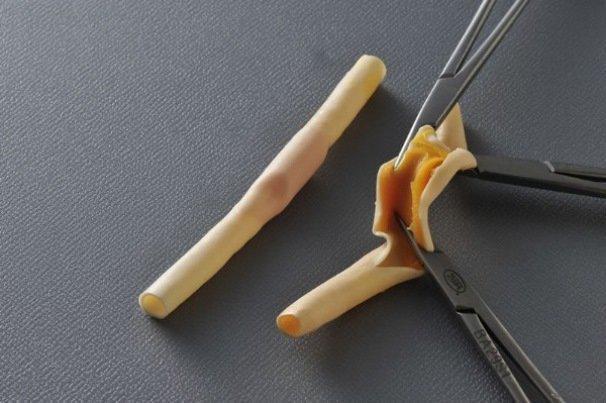You know me, you’ve heard me say it before—wound care is important for all DMEPOS providers because every patient has skin, and skin health affects each of us. The skin is our largest organ. Not only does it protect us against the ever-changing environment, it also maintains our integrity. Without proper treatment to lacerations, surgical incisions, burns and injuries, the “wound” could lead to life threatening consequences. All providers see patients who are prone to skin issues because of co-morbidities, surgeries or advanced age.
If you can’t tell, I’m trying to make the case that everyone should be in wound care. If you haven’t considered expanding or elevating your business with wound care, you should. It’s human nature to shy away from wounds, and you may not know what to ask or how to get started (VGM Wound Care can help with that). But your patients have health issues which put them at an increased risk for skin breakdown. Respiratory issues, cardiovascular problems, diabetics, and para- and quadriplegics are just a few of the conditions that … read more
